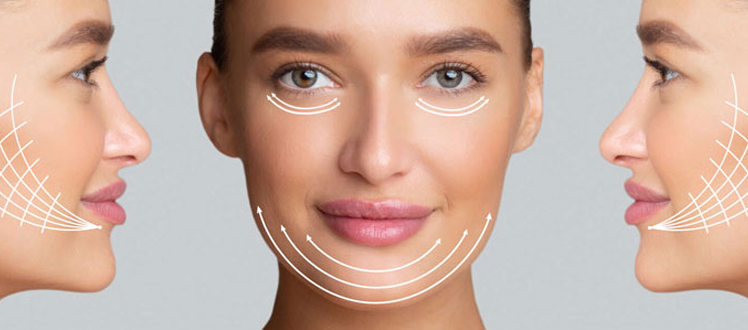The mini facelift is a procedure designed to reposition skin in the lower face and neck that tends to sag with age. The cervico-facial region includes the neck as well as the lower third of the face, where jowls form. The cervico-facial lift removes excess skin in this area. This procedure has been performed by cosmetic surgeons for many years. The goal is to alleviate wrinkles and tissue sagging to rejuvenate the face. Local anesthesia can be used with sedation to operate, but general anesthesia remains the most common choice. Scars resulting from incisions are hidden in front of and behind the ears, in the natural skin folds. The result from a mini facelift can be seen quickly and the recovery has become very simple and well tolerated thanks to minimally invasive techniques.

Mini facelift technique improvements
Advances in surgical approaches and techniques
The facelift has become more conservative and less invasive in order to achieve natural results and minimize the recovery time. The term ‘mini facelift‘ does not only mean that the procedure treats one or two areas of the face, it also refers to these aspects of the technique : minimal peeling of the skin, no SMAS (submuscular aponeurotic system) treatment, minimal and natural tissue tension to avoid ‘freezing’ the facial expression.
The duration of the procedure has also significantly decreased since the introduction of the mini facelift in the field of cosmetic surgery. A mini facelift does not require dressings the day after surgery and patients can resume their usual social activities after 7 to 10 days.
The mini facelift is the result of several decades of study to better understand facial aging. It offers an efficient option with durable results and very discreet traces. The mini facelift is often associated with the eyelid lift to achieve more comprehensive results.





